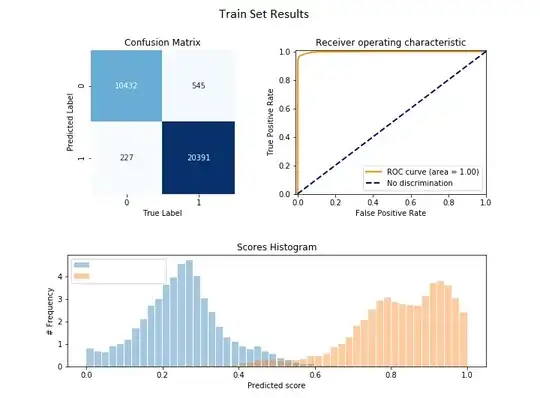Certainly this statement is not always true strictly as written: letting $\sigma$ be the logistic function $\sigma(x) = 1 / (1 + \exp(-x))$, consider a (very simple) network of the form
$$
f_w(x) = \begin{cases} \sigma\left(\frac{x}{w}\right) & w \ne 0 \\ \mathrm{sgn}(x) & w = 0 \end{cases}
.$$
Letting $\mathcal W = [-1, 1]$, $\mathcal W$ is compact, yet $f_0$ is not Lipschitz, and each other $f_\epsilon$ is Lipschitz but with some constant that becomes infinite as $\epsilon \to 0$.
But: consider a more typical network $f_w^L$ given recursively by
$$
f_w^{(0)}(x) = x
\qquad
f_w^{(\ell)}(x) = \sigma_\ell(W_\ell f_w^{(\ell-1)}(x) + b_\ell)
,$$
where $w$ contains all of the parameters $W_\ell$, $b_\ell$ for each layer $\ell$ (and each $\sigma_\ell$ is some fixed Lipschitz activation function). Then we have that
$$
\lVert f_w^{(L)} \rVert_\mathrm{Lip}
\le \lVert \sigma_{L} \rVert_\mathrm{Lip} \; \lVert W_L \rVert_\mathrm{op} \lVert f_w^{(L-1)} \rVert_\mathrm{Lip}
\le \prod_{\ell=1}^L \lVert \sigma_{\ell} \rVert_\mathrm{Lip} \; \lVert W_\ell \rVert_\mathrm{op}
.$$
Now, if $\mathcal W$ is compact, then there is some single constant $D$ such that $\lVert W_\ell \rVert_\mathrm{op} \le D$ for every $w \in \mathcal W$.* We've also assumed that each $\lVert \sigma_\ell \rVert_\mathrm{Lip}$ is constant and independent of $w$. Thus, for any $w \in \mathcal W$, we have that
$$
\lVert f_w^{(L)} \rVert_\mathrm{Lip}
\le \prod_{\ell=1}^L \lVert \sigma_{\ell} \rVert_\mathrm{Lip} \; \lVert W_\ell \rVert_\mathrm{op}
\le D^L \prod_{\ell=1}^L \lVert \sigma_{\ell} \rVert_\mathrm{Lip}
,$$
a constant independent of the particular choice of $w$.
* $\mathcal W$ being compact, assuming we're making reasonable decisions about what topology we mean "compact" in, implies that the set of valid $W_i$ in $\mathcal W$ is also compact, which implies that the operator norm is bounded.